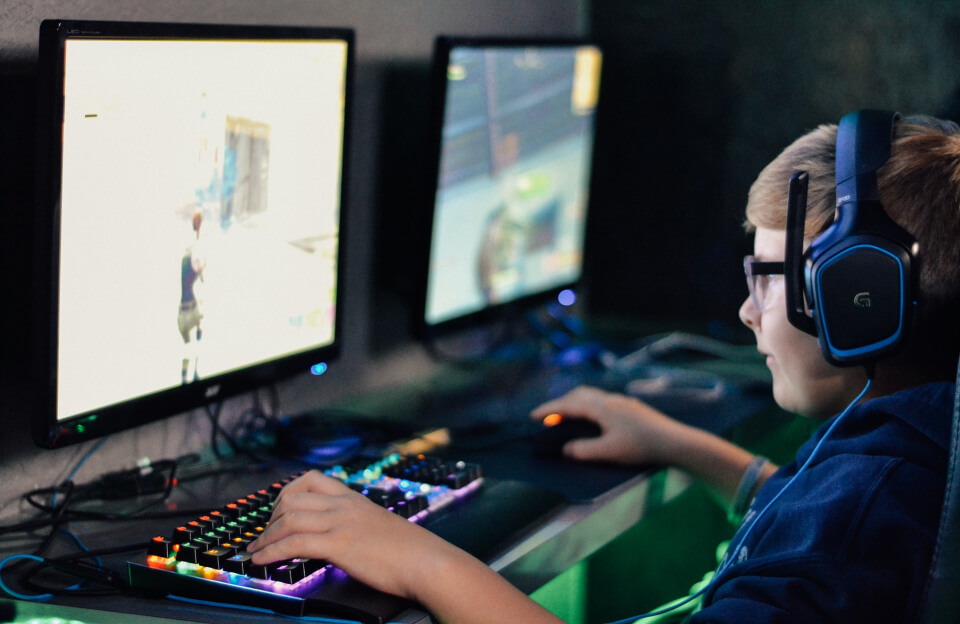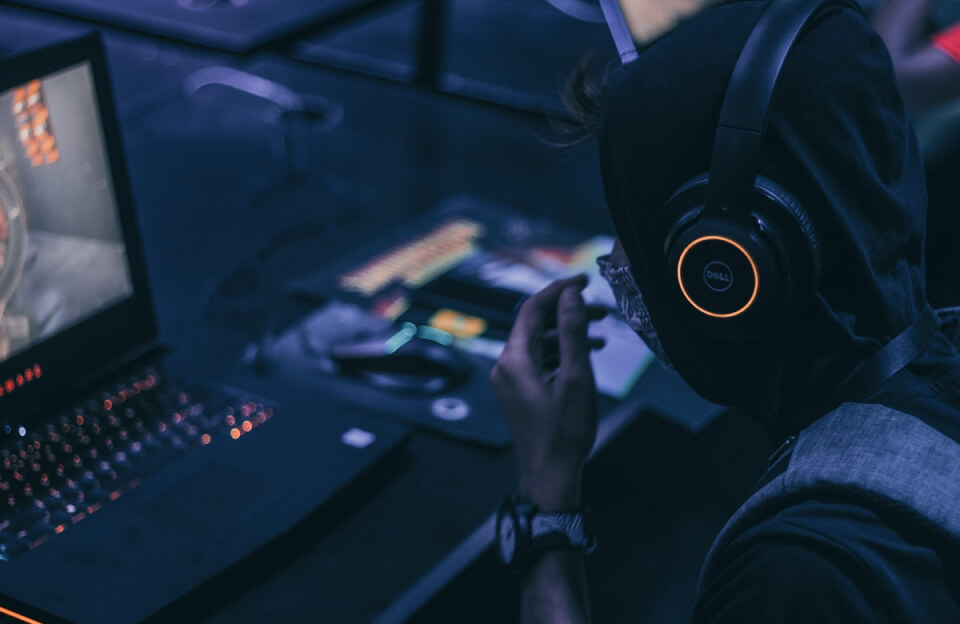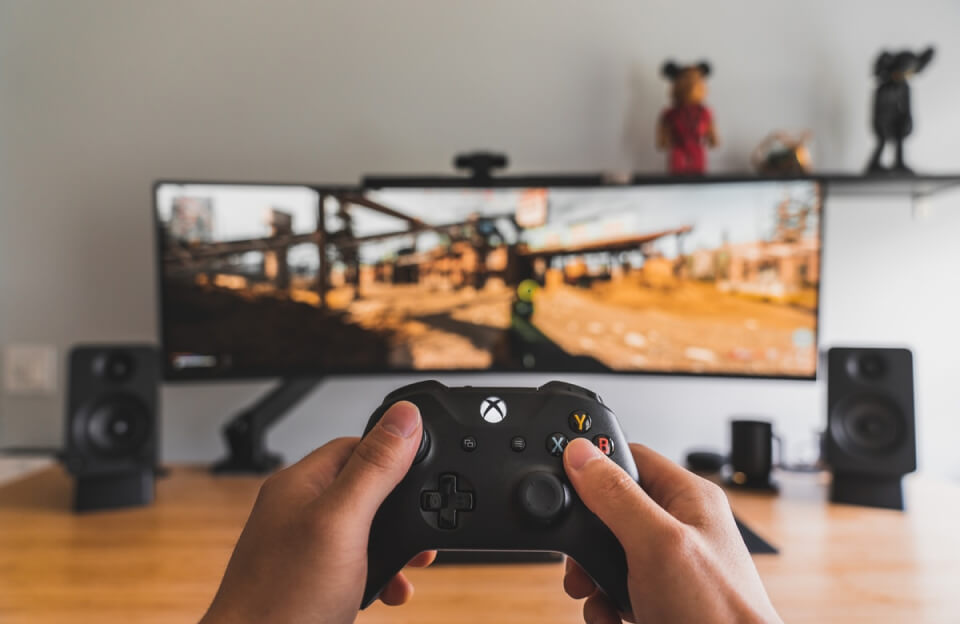Understanding global effects, parenting challenges, and psychological insights
Social media has rapidly become a defining part of teenage life around the world. Platforms such as Instagram, TikTok, Snapchat, and X (formerly Twitter) are no longer just communication tools—they are now deeply integrated into identity, self-worth, social development, and mental health. But what does this mean for the generation growing up online? And how are parents, across different cultures and countries, responding to this new landscape?
Psychological Effects: A Growing Concern
Research from the American Psychological Association (APA) highlights that teenagers using social media more than three hours per day are at a significantly higher risk of experiencing mental health issues like anxiety and depression
APA Report: Social Media Use and Youth Mental Health
Key findings include:
- Heightened exposure to social comparison leads to poor body image
- Increased cyberbullying rates impact emotional development
- Sleep cycles are disrupted due to excessive screen time
- Dopamine-based addiction cycles emerge through likes, shares, and scrolling
The World Health Organization (WHO) also recognizes social media as a contributing factor in the growing rates of adolescent mental health disorders globally
WHO: Adolescent Mental Health
Parenting in the Digital Age
Parenting teenagers has always been complex, but social media adds new challenges. In earlier generations, influence was largely local—peers, school, and family. Today, teenagers are influenced by content creators, global trends, and algorithms they barely understand. This makes parenting both more critical and more difficult.
Parents often feel unequipped to monitor or guide their children’s online behavior. Methods adopted globally include:
- Digital contracts: Agreements between parent and child outlining healthy screen time
- Parental controls: App restrictions and monitoring software
- Open communication: Creating a judgment-free space for teens to share what they see online
Case studies from the UK and U.S. show mixed results. In homes with clear boundaries and digital trust, teens report better emotional resilience. However, overly restrictive households often result in secret accounts and online rebellion
Common Sense Media Research
Generation Gap: A Cultural and Emotional Divide
A significant challenge in modern parenting is the generational digital divide. While today’s teens are digital natives, many of their parents are digital immigrants. This divide creates friction, misunderstandings, and a lack of shared language.
For instance:
- Parents may see social media as a time-wasting distraction
- Teens often view it as a vital part of their identity and social circle
- Misinterpretation of memes, slang, or online trends widens the cultural gap at home
Educators and psychologists suggest bridging this gap through digital literacy programs for parents and media mindfulness practices for teens.
East, West, and the Global Middle: Cultural Contrasts
Western World
In North America and Europe, individualism shapes teenage expression. Teens often use social media to build personal brands, explore identity, and engage in activism. But this can lead to identity confusion, performative behavior, and addiction to validation.
Eastern World
In countries like China, Japan, and India, collectivist values dominate. Social media is often used to reflect group belonging or educational achievement. However, high academic pressure and strict online surveillance create stress in different forms. Platforms like WeChat and Douyin (China’s TikTok) enforce time limits for minors, and teens often have dual identities—one public, one private.
Central and Developing Nations
In Africa, Latin America, and Central Asia, access varies widely. Many teens connect via shared devices or budget phones. Social media becomes a tool for aspiration—accessing global trends, languages, and opportunities. But digital literacy is lower, and misinformation or exploitation risks are higher. Peer influence and lack of parental guidance often go unchecked due to socio-economic challenges.
Globalization and Custom Clashes
Social media is also shaping global teenage culture in ways never seen before. Global trends—K-pop, beauty standards, memes, social challenges—cut across borders. But this rapid cultural exchange sometimes conflicts with local traditions or religious norms.
Examples include:
- LGBTQ+ teens in conservative societies finding identity online, but facing family rejection
- Rural youth accessing urban lifestyles and expectations that clash with their community norms
- Religious teens navigating faith-based morals while consuming secular online content
These contradictions can create emotional strain, identity conflicts, or dual-lives behavior—where teens behave differently online and offline.
Geo-Political Awareness and Digital Citizenship
Teenagers are increasingly aware of global events—from war to climate change—due to real-time updates on social platforms. In some countries, this builds critical thinking and activism. In others, especially where press freedom is limited, social media becomes a battleground for misinformation.
Examples include:
- Ukrainian and Palestinian teens using social media to tell their side of conflict stories
- Sudanese youth sharing grassroots protests digitally despite internet blackouts
- Western teens participating in climate justice or political activism through platforms like TikTok and Instagram
But in fragile states or poor countries, teens also face higher risks of recruitment into online scams, extremist ideologies, or exploitative labor gigs promoted through social apps.
Developed vs. Developing Realities
In developed countries, teens often have access to mental health resources, parental awareness, and tech regulation. Yet they still face high social pressure, anxiety, and curated lifestyles.
In developing or poor nations, the challenges are more systemic:
- Lack of guidance or tech education
- Limited mental health support
- Digital divide between urban and rural teens
- Vulnerability to online harm due to poverty or low digital literacy
Global studies emphasize that equal internet access must be paired with equal education on digital behavior, otherwise social media’s benefits become risks.
Shaping the Future of Teenagers
Parenting in the age of social media is less about restriction and more about adaptation. Experts recommend:
- Teaching critical media literacy from primary school
- Prioritizing mental health awareness alongside digital access
- Creating safe online spaces through community-led initiatives
- Encouraging family tech rituals — like device-free dinners and screen-curated weekends
- Promoting cross-cultural empathy through global youth exchange programs
Governments, platforms, and parents must work together to strike a balance—protecting teens without isolating them from the very tools that shape their generation.
Conclusion
Social media is neither entirely good nor bad—it is a reflection of the society using it. For teenagers, it brings opportunities for connection, self-expression, and learning. But without guidance, structure, and cultural understanding, it can also bring harm.
The parenting playbook must evolve—respecting cultural differences, bridging generational divides, and keeping pace with the digital frontier. Because how we guide our teens today will shape the leaders, citizens, and creators of tomorrow.
Key References and Studies:
- American Psychological Association (APA): Social Media & Mental Health
- World Health Organization (WHO): Adolescent Mental Health
- Common Sense Media: Teen Social Media Use
- Pew Research: Teens, Social Media & Technology



